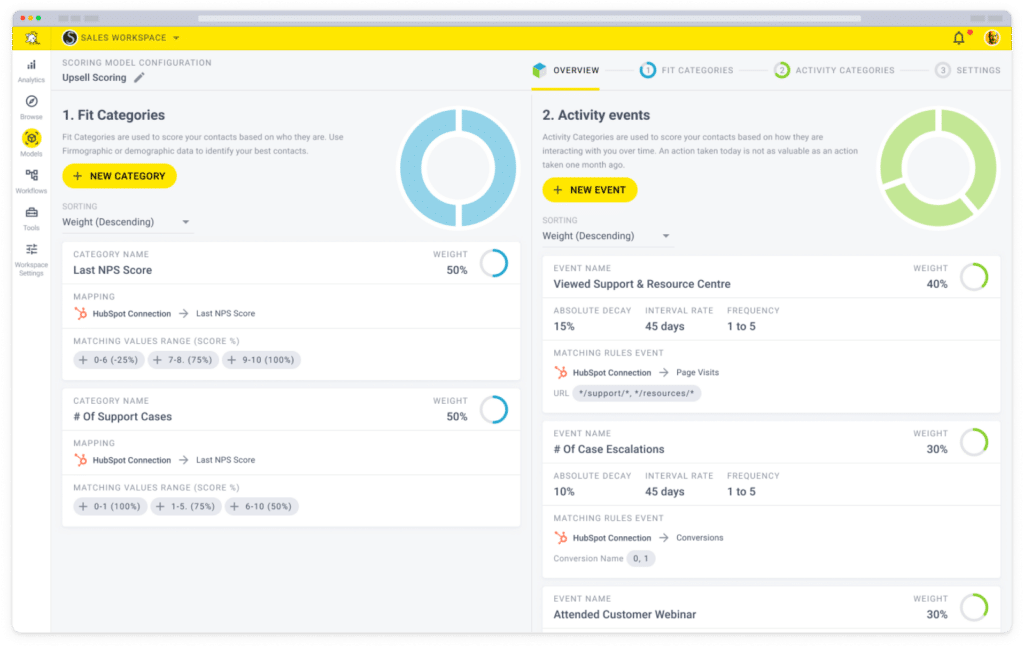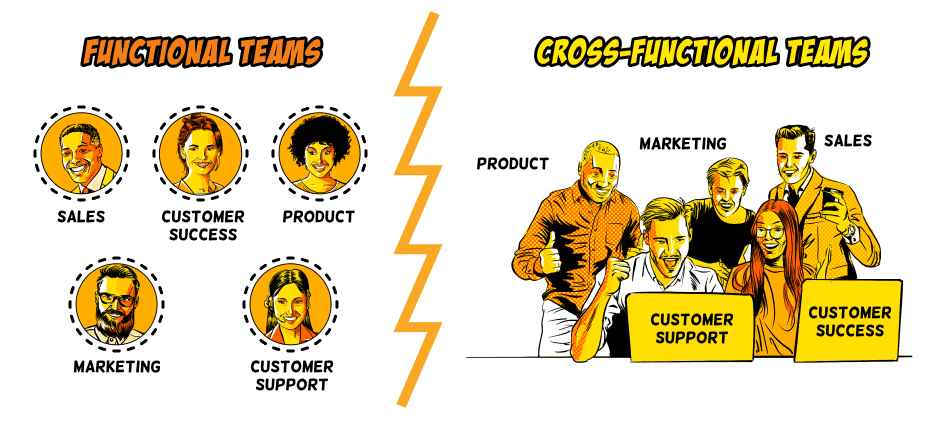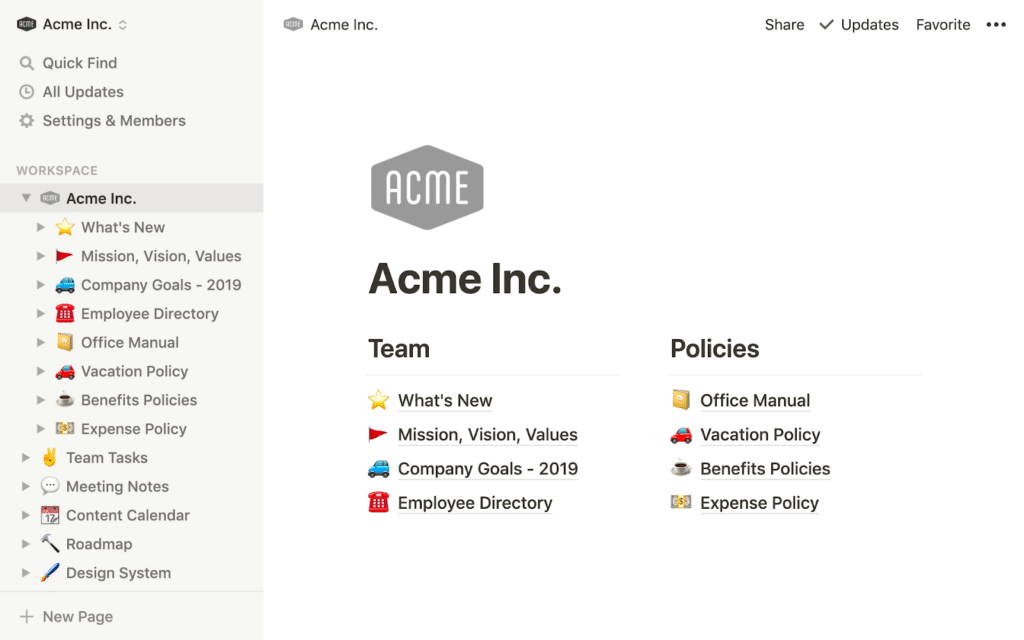As startups grow, silos occur.
Departments separate from one another. Teams stop communicating. Co-workers from another division—whom you used to be work BFFs with in the early days—become reluctant to share information.
Before you know it, customer satisfaction is at an all-time low.
It comes as no surprise, then: Hierarchy silos create costly mistakes.
In fact, 97% of employees and executives believe it’s this disconnect within teams that impacts a project’s outcome. Left ignored, these organizational silos lead to a lack of communication and trust, low team morale, and a massive drop in operational efficiency.
So, how do you break down silos in your company?
In this post, we reached out to founders and marketers on their first-hand experiences and what they did specifically to overcome them and spark collaboration in the entire organization.
Let’s get right on it.
What Are Silos In Business?
Organizational silos refer to departments that run independently from each other (i.e., with few or zero cross-team collaboration).

One common example is marketing and sales silos.
🚨Here are three common signs of silos. Did yours make the list?
- Team leaders protecting their departments and engaging in turf wars
- Employees reluctant to work across their individual team (lack of collaboration) and not taking initiative in solving problems
- Teams getting confused over tasks and responsibilities (e.g., task duplication, where two different departments work on overlapping tasks unbeknownst to the other party)
Marketers and salespeople often clash.
On one side of the coin, the marketing team blames the sales department for not hitting their quarterly targets. On the other, sales chastise marketing for bringing in low-quality leads in the first place.
One way to solve this marketing-sales misalignment is to use a contact scoring tool like Breadcrumbs.
Our tool connects your marketing automation platform (MAP) with your customer relationship management (CRM) solution to provide a holistic view of the customer’s journey.
Here’s how it works:
- Integrate your MAP + CRM with Breadcrumbs
- Determine what makes a sales-qualified lead (SQL) [e.g., visits the pricing page twice within a week + downloads a lead magnet]
- Set the scoring model live
Breadcrumbs will send all scoring information back to your data sources.
With this deep integration, marketers can finally determine the ROI of each email marketing campaign, and sales can get notified whenever a prospect becomes a sales-ready lead.

You can also use Breadcrumbs to identify at-risk customers and product-qualified leads. For the latter, connect Breadcrumbs with your product analytics tool.
Book a 30-minute demo with Breadcrumbs today to get marketing and sales on the same page, eliminate guesswork, and close more deals.
What Causes Silo Mentality?
At best, departmental silos create contextual issues. At worst, it hurts employee engagement, long-term goals, and revenue growth.
The reasons behind a company’s silo thinking vary. In most cases, it’s because of:
- Poor communication
- Few or even zero cross-departmental meetings
- Lack of leadership teams promoting collaboration
- Different holistic and big-picture views across teams
- Inefficient digital collaboration tools (which lead to departmental inefficiencies)
To banish silos for good, you need to start at the top of the food chain.
How to Break Down Silos
Cross-functional collaboration encourages a shared vision and common departmental goals.
Here are three great tips to break down silos, starting from the very top of the organization.
Break Down Silos Tip #1: Start With a Unified Leadership Team
Employees look up to company leaders for direction, guidance, and inspiration.
When department managers communicate a unified vision across the organization, employees naturally do the same.
At DebtHammer, the customer support (CS) department ran independently from other branches.
It took the company years to realize the impact of the problem.
Jake Hill, the founder, noticed the first red flag when the CS team went around in circles, often dealing with disappointed customers.
He shares with Breadcrumbs:
“There was always a disconnect between what our customers were struggling with and how other departments were handling on a broad scale.”
If you’re facing a similar problem at your company, gather your senior managers in several customer service sessions to get the full picture of what’s happening.
Pro tip: consider hiring a chief revenue officer to facilitate the process.
The senior leaders should share actionable insights with their respective teams and ensure that they understand what’s going on in the customer experience and address it.
By setting an example, these business leaders (re)create a collaborative company culture—one where there’s common objective, an exchange of knowledge, and honesty.
Break Down Silos Tip #2: Build Cross-Functional Teams
An executive team alone won’t fully break down silos in a company.
It’s a great start, but there’s more to it.
Take it a step further with multi-functional teams and get them to work together to identify issues and propose solutions.

More importantly, hold these groups accountable at management meetings.
A few years ago, Voices.com was seeing a less-than-ideal customer acquisition growth rate. It was unusual, as it wasn’t like this in the prior years.
The team had multiple theories.
Was there a new competitor in town that they hadn’t heard of? Had they reached all customers who were interested in their product? Or could it be a bug on their website?
David Ciccarelli, the CEO and founder, formed operations teams from sales, marketing, customer support, and product to break down silos across his company.
Together, the cross-functional team conducted a win-loss analysis. After reviewing their customer interviews, they discovered why customers didn’t buy from them: the sign-up form was too long.
“We required too many fields in the sign-up. Since switching them to optional, we’ve seen an increase in form completions.”
David Ciccarelli, the CEO and founder of Voices.com, on the reason customers left the online marketplace without buying
After uncovering these friction points and making the changes together as a team, Voices.com raised its new customer acquisition annual target by 35%.
Break Down Silos Tip #3: Prioritize Information Sharing With Cross-Functional Solutions
Without the right collaboration tools in place, no one can work efficiently.
Just picture it, colleagues from different divisions constantly messaging you on Slack for the information you’ve shared a million times.
That’s a major time sink.
A knowledge-sharing platform easily solves this, by:
- Promoting transparency among different departments
- Viewing tasks holistically to see a project as a whole
- Creating a collaborative environment where there’s a free flow of information
- Improving time-to-market and winning more deals
- Optimizing searchability (i.e., you don’t have to share the same old information again and again, as everyone has easy access to them)
- Streamlining workflow, as everything is automated
Cross-functional tools, especially those with deep integrations, speed up workflows considerably.
AdChina.io, an advertising platform, uses Notion to organize its assets, saving employees hours every week.

Before using Notion, the teams at AdChina.io spent a lot of time sharing information.
Seema Nayak, a former SEO and content marketing manager at AdChina.io, shares with Breadcrumbs:
“We would set up calls to answer the questions. This caused frustration on both ends as it leads to distraction and disrupts deep work.”
Instead of defaulting to Slack for sharing information—which, according to Seema, can get lost quickly with all the noise—using Notion allows them to document everything in a central hub.
A word of caution, moving information to a knowledge-sharing platform will be a monumental task. Get it done as soon as you can—it’ll save you a lot of time and energy in the long run.
Break Down Silos with Breadcrumbs Today
Cross-silo management ensures a holistic view across your different departments: marketing, sales, product, customer support, customer success, you name it.
If you don’t break down silos, your independent departments will alienate employees from one another, ruin productivity, and wreak havoc on your path to revenue acceleration.
Start aligning your customer data with Breadcrumbs. Our contact scoring tool gathers your marketing, sales, and product channels in a single source of truth. That way, you can determine the ROI of every marketing campaign, close sales-ready leads, and identify customers with upsell potential. Book a 30-minute demo with us today.
